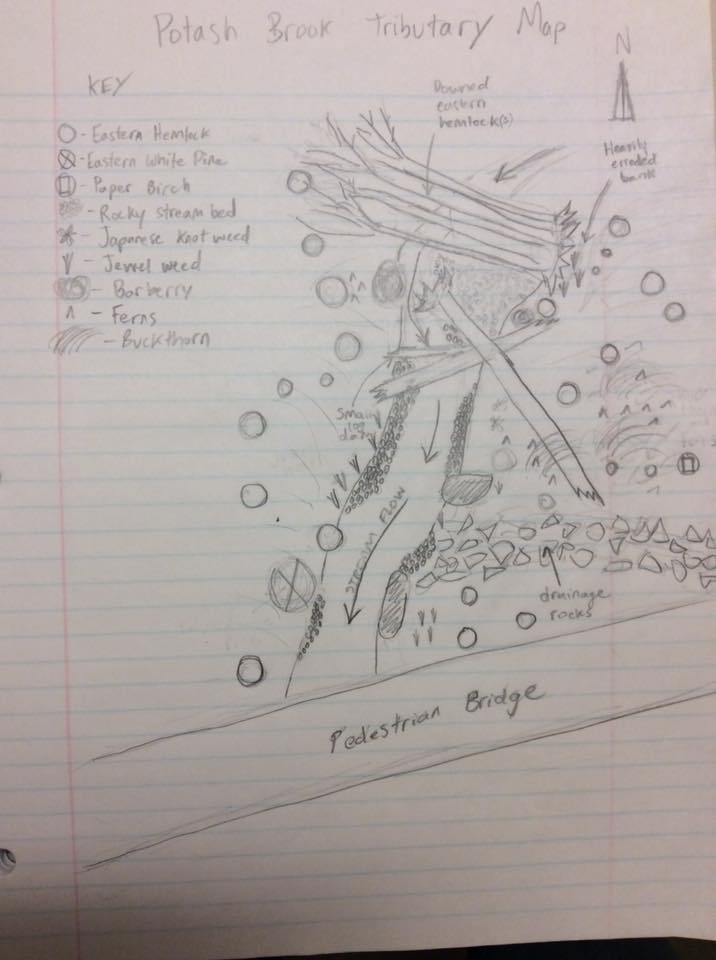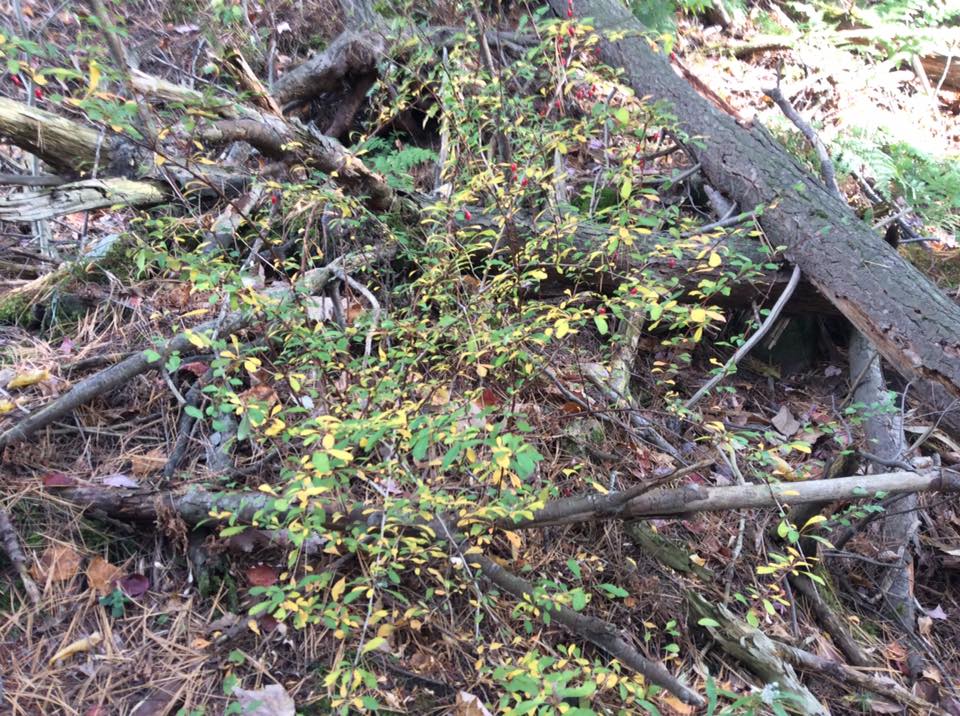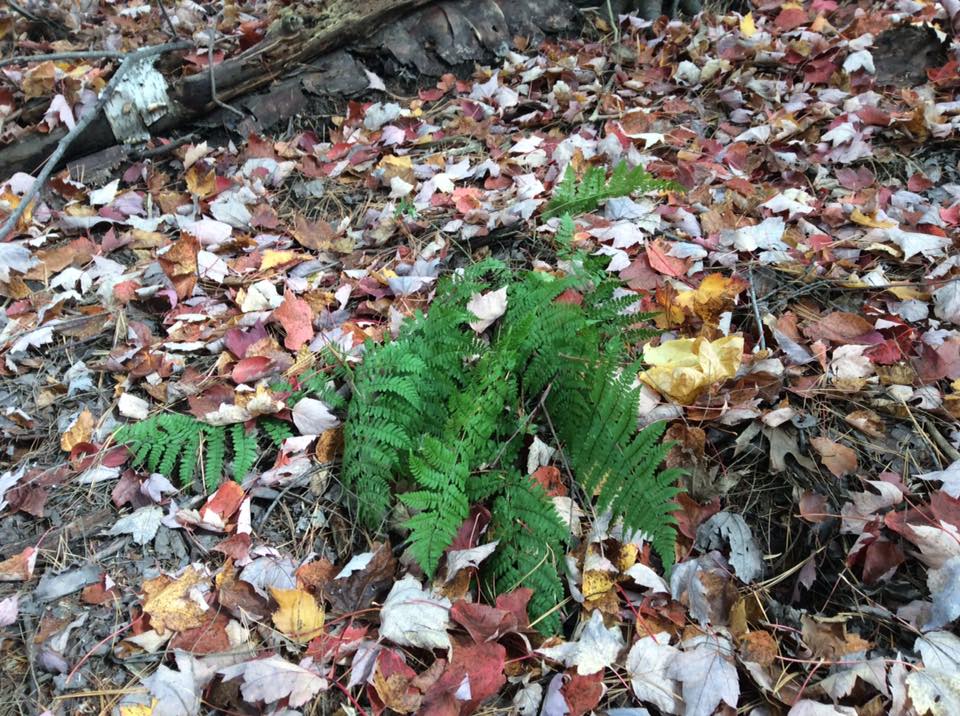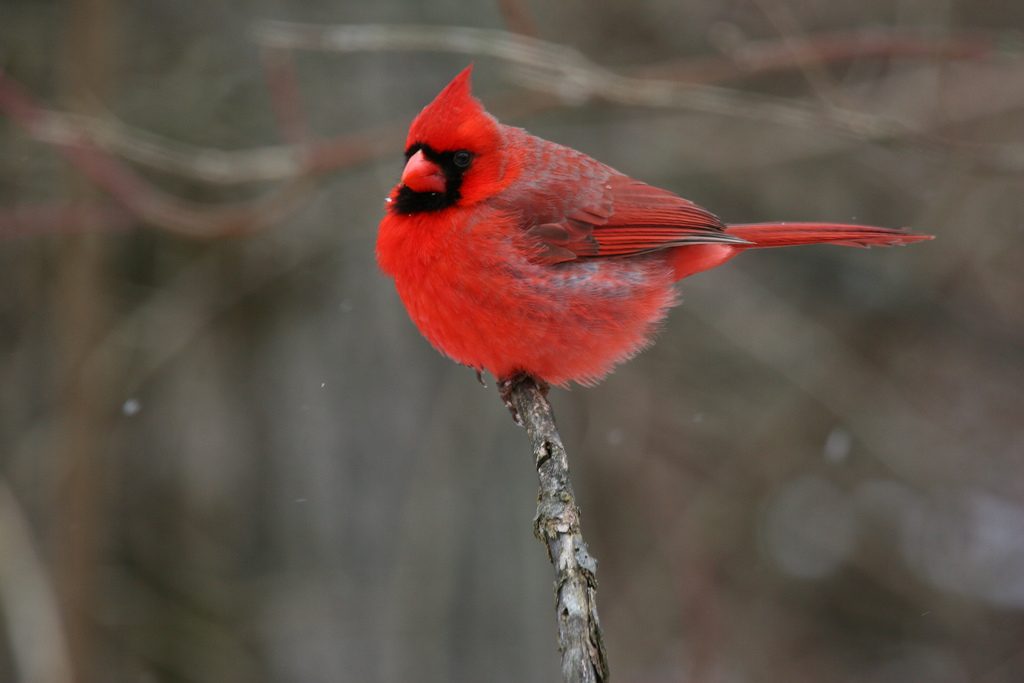This week’s visitation of my phenology site brought a few changes. The stream appeared to be flowing faster and with greater volume due to the previous few days of rainfall in the Burlington area. Also, with regards to the vegetation, the some of the jewel weed (the unidentified plant from last week) appeared to be shriveling up and dying. The invasives, the Japanese Knotweed, Buckthorn, and Barberry, were also all yellowing, likely in accordance with the changing season.

A birds-eye sketch of my site

Barberry appeared more yellow than last week
Perhaps it was because I did not know what to look for, but I did not see much for wildlife or signs of wildlife at the site. I did see some trampled ferns that could have been squashed by a deer or other large mammal, but judging by the proximity to a pedestrian path, it could have just as easily been a human who wandered off the path to explore the forest. I did see two squirrels mingling among the hemlocks, however. A bird call directed me to the left bank of the stream where I spotted a cardinal sitting on one of the larger hemlocks.

These trampled ferns could have been the result of human activity. (McHale, 2016)

While I am not competent enough to take a photo like this one, a cardinal was spotted.
Sherony, D. (2007, April 6). Northern Cardinal (Cardinalis cardinalis) [Digital image]. Retrieved December 9, 2016, from https://www.flickr.com/photos/9765210@N03/2587737594
